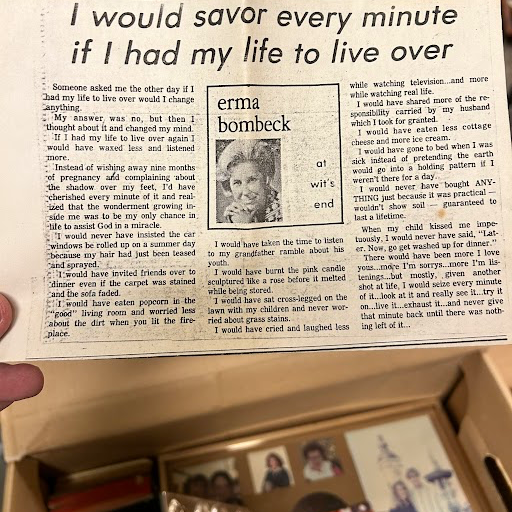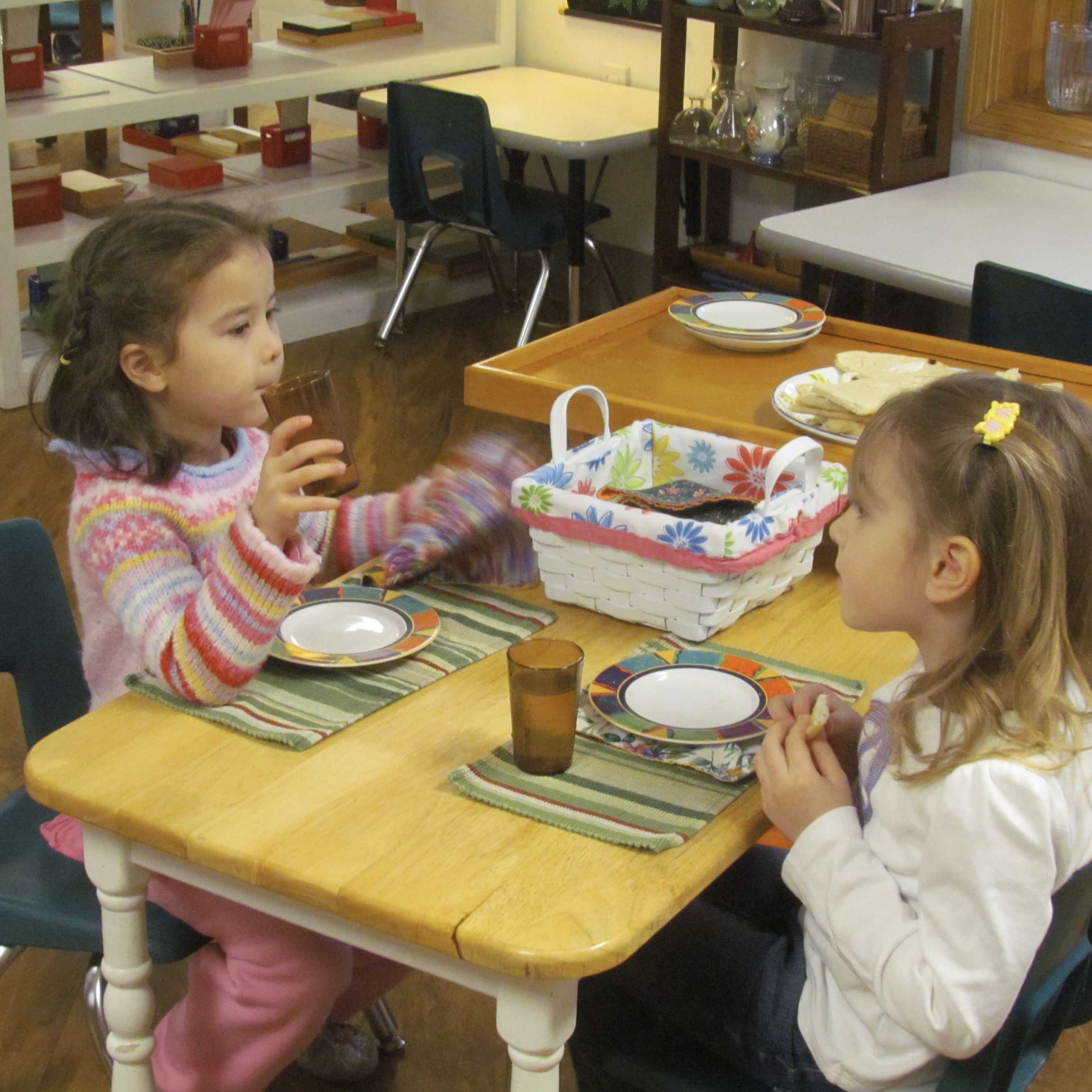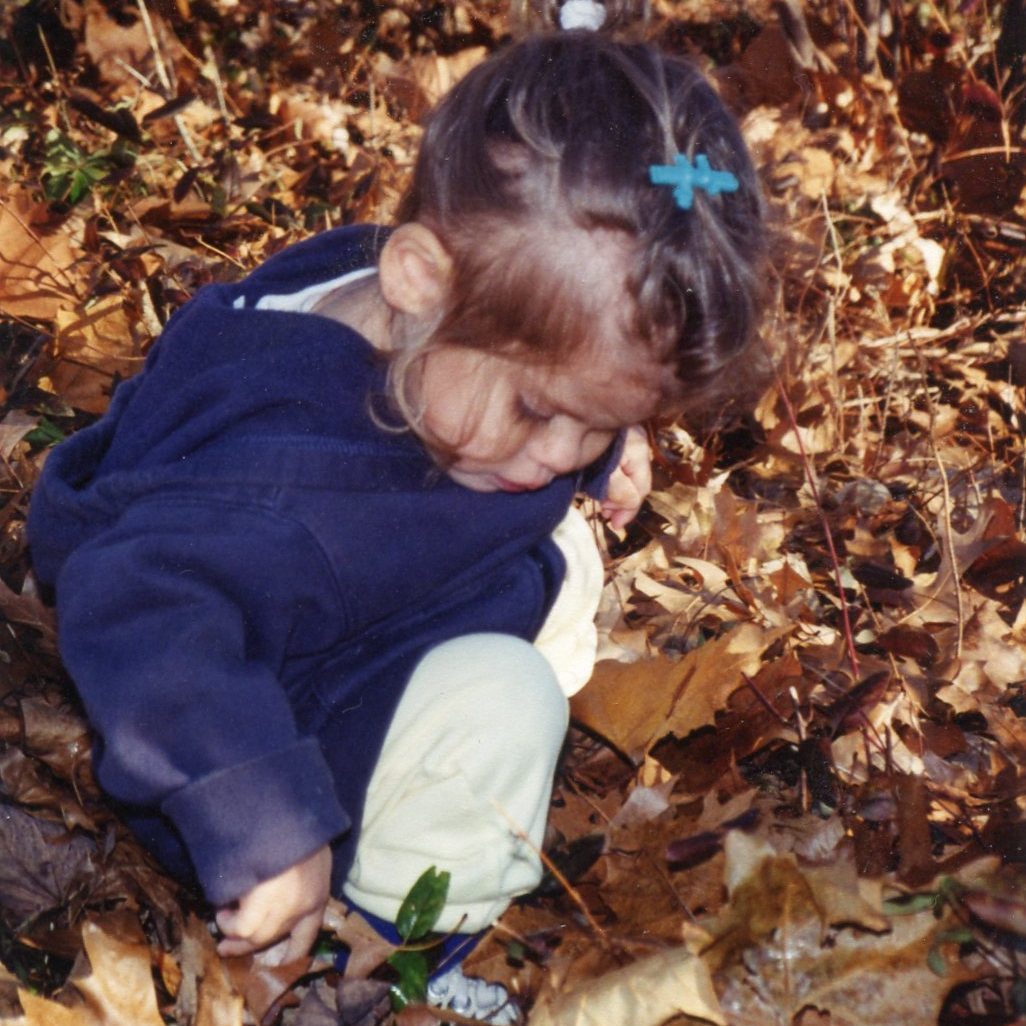By Jennifer Baker Powers
Although for many of us the upcoming holiday season is going to look a little different this year, I imagine that there will still be a fair amount of giving and receiving of gifts. Perhaps even more so as parents and grandparents try to make up for the loss of time with extended family and the lack of seasonal travel. Here are a few tips to help children, who are generally outspoken and honest by nature, navigate both getting and giving a gift.
Almost all parents have some sort of embarrassing memory from a time when their child received a present and then promptly said something awful about it. Mine happened when my then three-year-old daughter told my in-laws that her mom didn’t like her to play with things made of plastic. These words came shortly after she had opened a plastic cash register and a plastic doctor’s kit.
For younger children gift giving can be tricky too. Young children are often not emotionally mature enough to rationalize their feelings of jealousy, disappointment, envy and even greed. Chances are, the Lego pirate ship your child picked out for her same-aged cousin is something she would also like to have. As parents, it is our responsibility to help our children navigate the tricky social expectations of birthdays, holidays and general graciousness. Here are some ideas:
Skip the List
Children, when given free rein to come up with everything and anything that they imagine they would like to have, can generate a pretty lengthy list. Children’s digital or television programming inundate little viewers with advertising for products that promise to make children happy, skilled and popular. (Thank goodness for commercial free programming on PBS and Netflix!) These products, that your child didn’t even know he wanted, seep into the subconscious of an impressionable mind, creating desire. A friend of mine told me once that her children asked for Pledge for Christmas one year because it looked so appealing in the commercial and when my middle daughter was little, she coveted this doll that she thought would teach her how to do gymnastics. “Saw it on TV”, she said.
So, when you ask your child to make a wish list, it could very well be full of items that he or she doesn’t even really want or things for which the interest is just fleeting. Try asking your child to come up with one gift that she would really like to have and then also to explain why it would be cherished, useful or fun. Ask your child to think about it for a few days and then let you know. Some families have tried to stick with the “something you want, something you need, something to wear and something to read” guidelines. Remind children that a gift is supposed to be a demonstration of someone’s affection or gratitude. One of my favorite gifts ever is the light blue sparkly penguin socks my oldest daughter picked out all on her own. Would I have selected the same ones for myself in the store? Probably not, but because she did, with love and intention, I still wear them all the time.
Focus on Giving
Help your child become equally excited about giving a gift. When purchasing or making something for someone, encourage your child to talk about why he thinks it is the right gift. Verbalize to your child that he is going to make somebody very happy with the thoughtful gesture and meaningful intention. The most cherished mugs in our cabinet are the ones my girls painted for their dad at Sunfire Ceramics. At the time I told my daughters how thoughtful it was that given the choice between making something for themself or something for somebody else, they chose the latter. And the mugs now are priceless.
Invite your child to participate in the wrapping and card making, and this year perhaps the act of putting it in the mail. Giving a gift is a thoughtful gesture; an expression of feeling and a child can learn to garner happiness from the experience of making someone else happy.
Practice Giving and Receiving
This tip might sound kind of silly, but children love to role play. We call them Grace and Courtesy lessons in the classroom. Children, obviously still learning social graces, especially appreciate acting out social situations that cause them anxiety. Much of children’s negative behavior stems from not understanding the expectations and by practicing, you give children skills and words to use in real life situations.
Wrap up a small box to look like a festive gift. Practice giving it to your child saying things like “I saw this, and it made me think of you” or “I love you so much and I want you to have this special present”. Then let your child practice giving the gift to you. Respond with words like “It is so thoughtful of you” and “It really makes me happy that you thought of me”. The careful wording focuses on the gesture rather than the actual gift itself. The “present”, which is really just an empty box anyway, is never opened, again highlighting the intention and emotion rather than what’s under the wrappings.
You can also offer words to use during times when many gifts may be opened at once like a birthday or a gift-giving holiday. Sometimes the focused attention creates a feeling of pressure for a child. Practice how to look at the giver, say “thank you” and show appreciation. You can even role play what to do if they open a gift they don’t like are already have: think getting a kite when you hoped for a bike.
Be a Good Role Model
It is no secret that our children are constantly watching us and are aware of every word that we say, every nuance we emote. Be conscious of saying thank you, not just when you receive a gift, but model showing gratitude for the person who holds the door for you or the person who lets you in during traffic. Model gratitude. Encourage young children to say thank you when appropriate so that it becomes a habit. Try not to speak ill of a gift that you don’t especially love in front of your child. My first Christmas with my husband’s family, I didn’t know that his Aunt reused chipboard boxes like from crackers or cereal for wrapping presents. It is a family joke now how excited I was when I unwrapped and saw my box of Saltine crackers! (It was actually a lovely scarf.) So, even if you have to fake it…
Help Kids Be Mindful of Their Blessings
Really, if all of our basic needs of food, family, housing and health are met, especially in 2020, then we are set. Everything else is just good fortune. Speak aloud about how lucky the family is to have fun stuff, toys, clothing choices, school, in addition to all of the essentials. If you can, consider donating a toy with your child to a charity or gathering good condition, no longer used toys and books for a shelter. Maybe go in with friends and adopt a family in need over the holidays. (The Ballard Center has lots!) Elementary aged kids have an especially strong sense of social justice. Remember all of the sweet, but random bake sales at Raintree before Covid? If your child is around this age, capitalize on this point of development and get them involved. It will quickly become apparent to them how sustained and comfortable their own lives are. By allowing children to act on this innate sense of altruism, it helps them focus not on what they don’t have but on what others might need.
Giving and receiving with grace is a learned skill. We can guide our children to gratitude and good manners if we try. Don’t be discouraged if your child says something he shouldn’t or is not as gracious as you’d like. Embrace these teachable moments. Kids are a work in progress: good at heart and fully capable of learning the proper social expectations for both giving and receiving with grace and gratitude.







